Getting paid upfront by clients
As a business owner or freelancer, getting paid upfront can help to secure your financial stability and avoid cash flow issues. It is a common practice in many industries, particularly for those who offer services such as consulting or freelance work. Here are some strategies to help you get paid upfront:
- Set Clear Payment Terms
Establishing clear payment terms is essential for getting paid upfront. This includes the payment amount, the payment method, and the payment deadline. It is important to communicate these terms to your client upfront, ideally before any work begins. You can include these terms in your contract or agreement, and make sure your client understands the payment obligations.
- Request a Deposit or Retainer
Asking for a deposit or retainer before you begin any work is a common practice. This shows that the client is committed to the project and ensures that you have some funds to cover your costs. The amount of the deposit can vary depending on the project and industry, but it should be a reasonable percentage of the total fee. For example, you may request a 50% deposit for a project with a total fee of $1,000.
- Offer Payment Plans
Offering payment plans can be an effective way to get paid upfront while still providing your client with some flexibility. You can offer a payment plan that requires a deposit upfront and then subsequent payments on a regular schedule. This can help to spread the cost for the client and ensure that you are paid on time.
- Use Invoicing Software
Invoicing software can help streamline the payment process and make it easier for clients to pay upfront. These software programs can automate the invoicing process, send reminders, and accept payments online. Examples of invoicing software include Freshbooks, QuickBooks, and Zoho Invoice.
- Offer Discounts for Upfront Payment
Offering a discount for upfront payment can be a great incentive for clients to pay upfront. For example, you can offer a 5% discount for payment upfront, which can help you secure more work and encourage timely payment. This approach can be particularly effective for long-term projects or clients who will be working with you for an extended period.
- Get a Signed Contract
A signed contract can help ensure that your client understands the payment terms and is committed to paying upfront. The contract should include details such as the payment amount, payment method, and payment schedule. You should also include a section on late payment fees or penalties to encourage timely payment.
- Use Escrow Services
An escrow service can help facilitate upfront payment by holding the payment in a third-party account until the work is completed. This can help build trust between you and your client, as they can see that you are committed to completing the work to a high standard. Examples of escrow services include Escrow.com and PayPal.
In conclusion, getting paid upfront can help to secure your financial stability and avoid cash flow issues. Strategies to get paid upfront include setting clear payment terms, requesting a deposit or retainer, offering payment plans, using invoicing software, offering discounts, getting a signed contract, and using escrow services. Remember, good communication and clear terms are essential to getting paid upfront and building a positive relationship with your clients.



